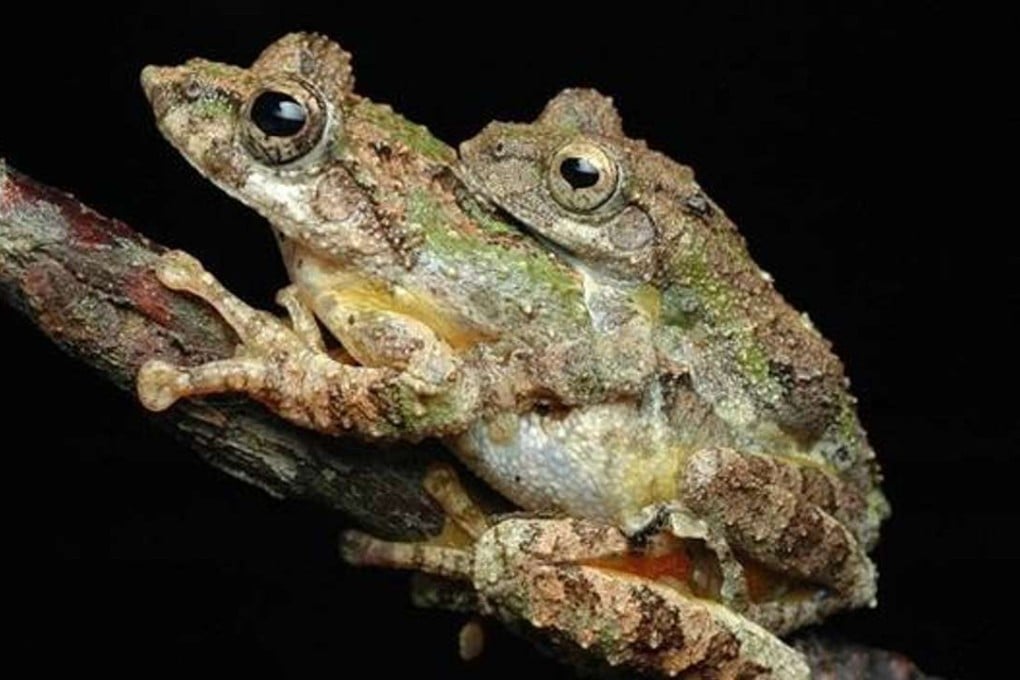‘Bigger not always better’: Sino-US study explains mating success of ‘Mr Average’, at least among tree frogs
Does the mating behaviour known as amplexis explain female’s preference for smaller male partners, or is it more to do with not wanting to stand out from the crowd by producing offspring of an average size?

Females of certain animal species prefer small- or medium -sized mates to more physically intimidating or “alpha” males, according to a joint study by scientists in China and the United States.
The study was conducted on frogs but the findings could apply to other animals and even humans, experts said.
It was led by Professor Cui Jianguo at the Chengdu Institute of Biology in southwestern Sichuan province and undertaken in conjunction with the University of Maryland in the United States. The institute falls under the auspices of the Chinese Academy of Sciences.
“Bigger is not always better … females have apparently evolved to prefer mates of an average body size,” Cui and colleagues reported in their paper, published recently in the peer-reviewed journal Plos One.
They based their findings on a series of experiments on small serrate-legged tree frogs that are commonly found in the moist shrubland and freshwater marshes of China’s Hainan, the largest tropical island in the South China Sea. The frog’s scientific name is Philautus odontotarsus.